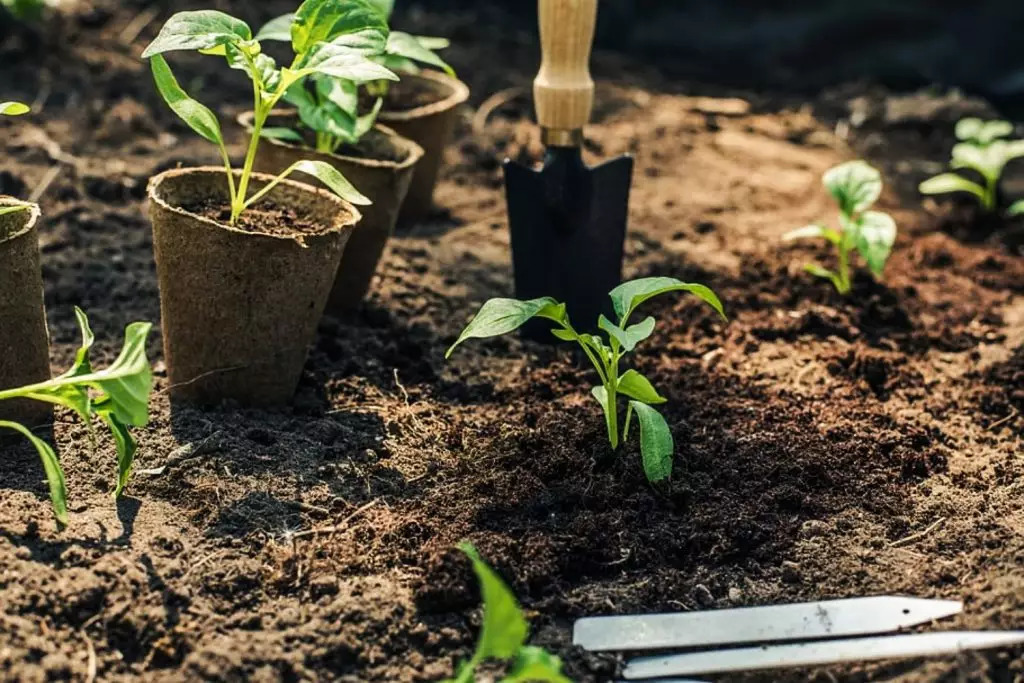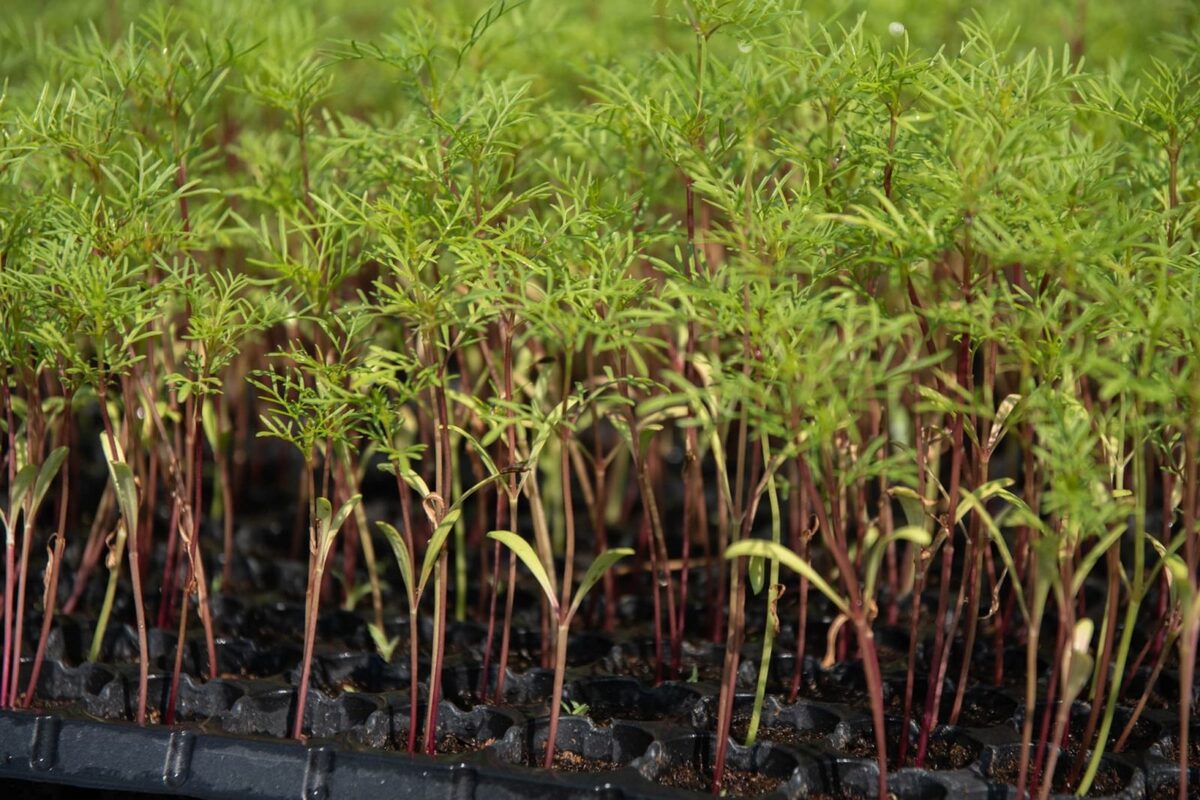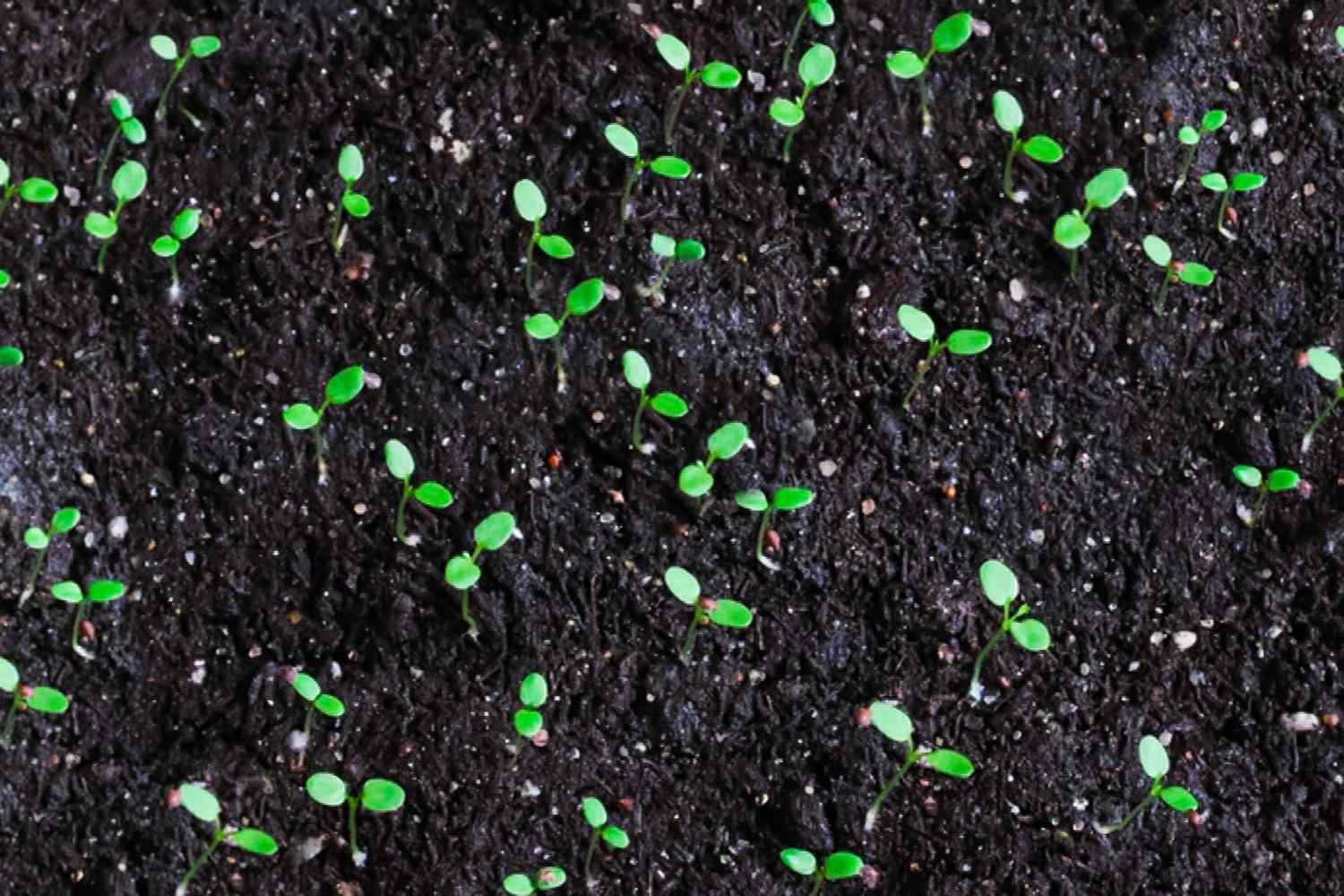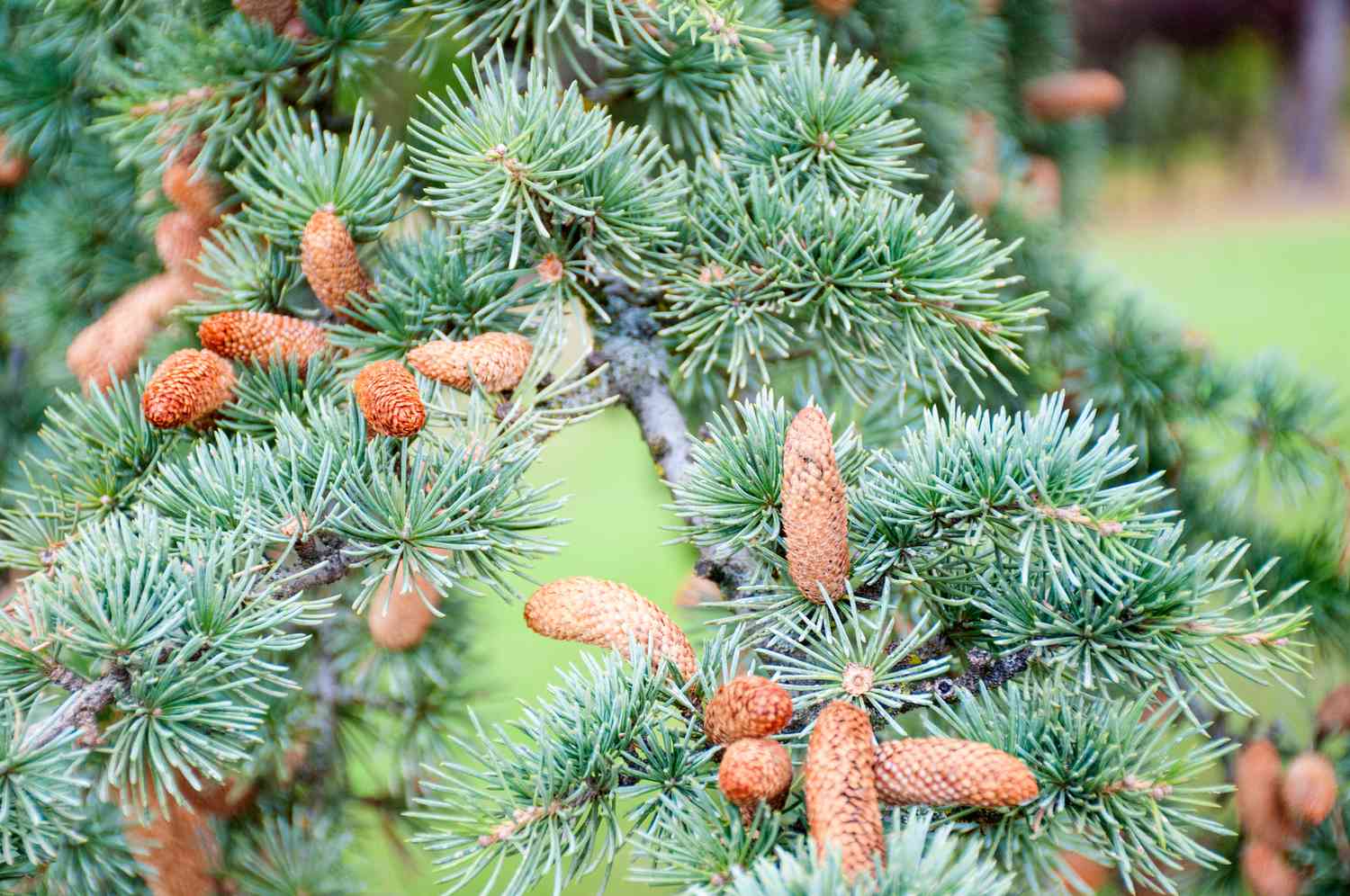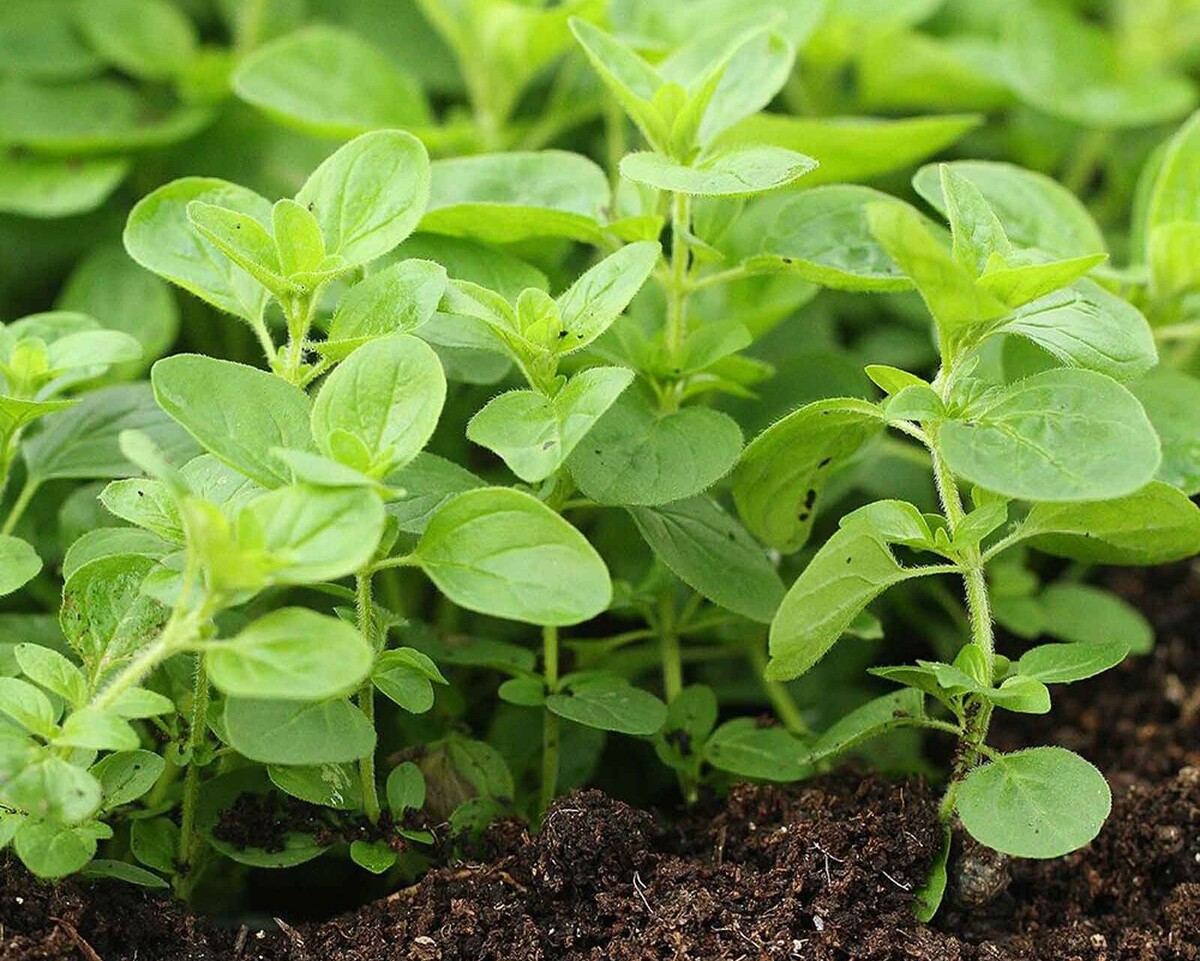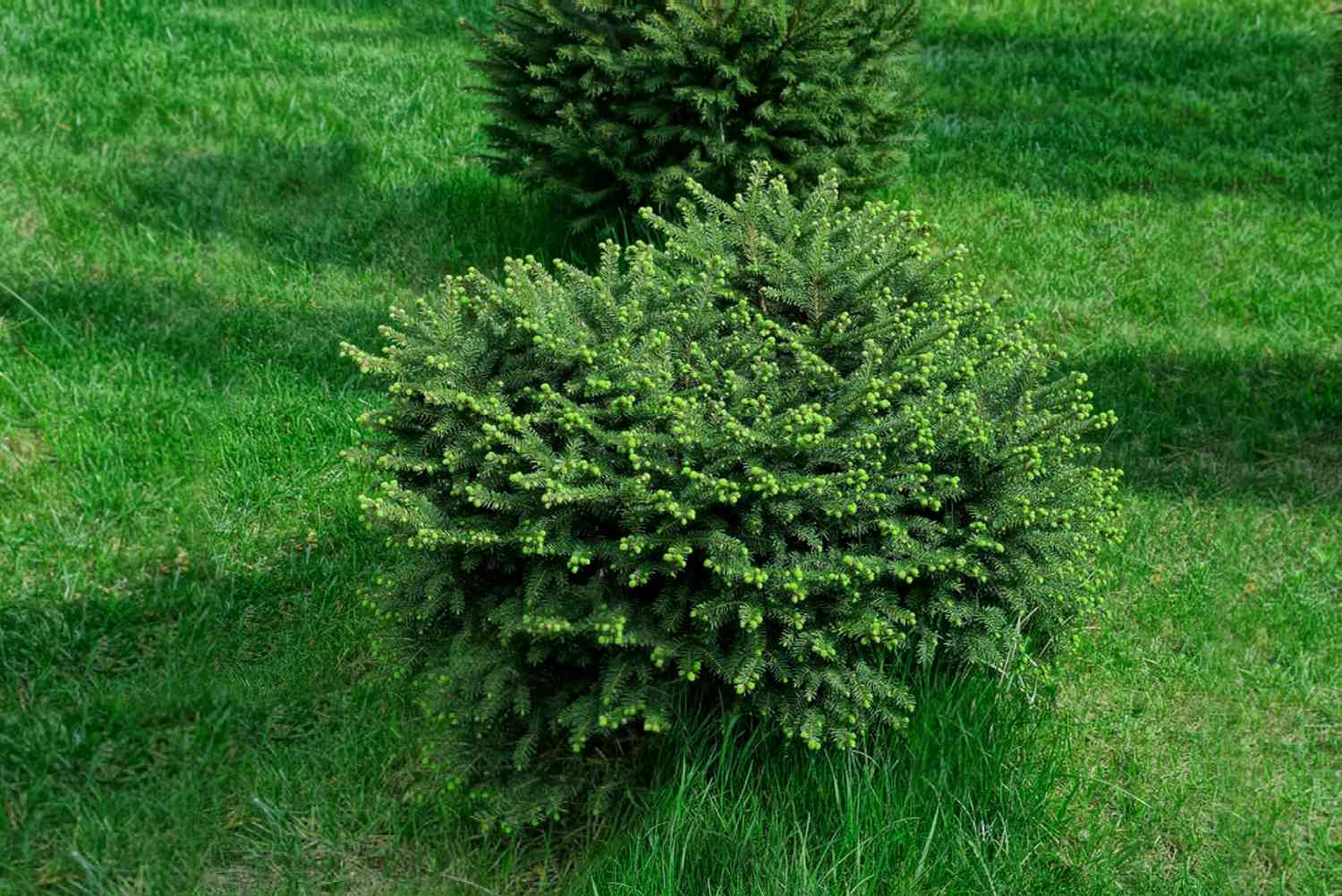Home>Types of Gardening>Edible Gardening>What Do Coriander Seeds Look Like
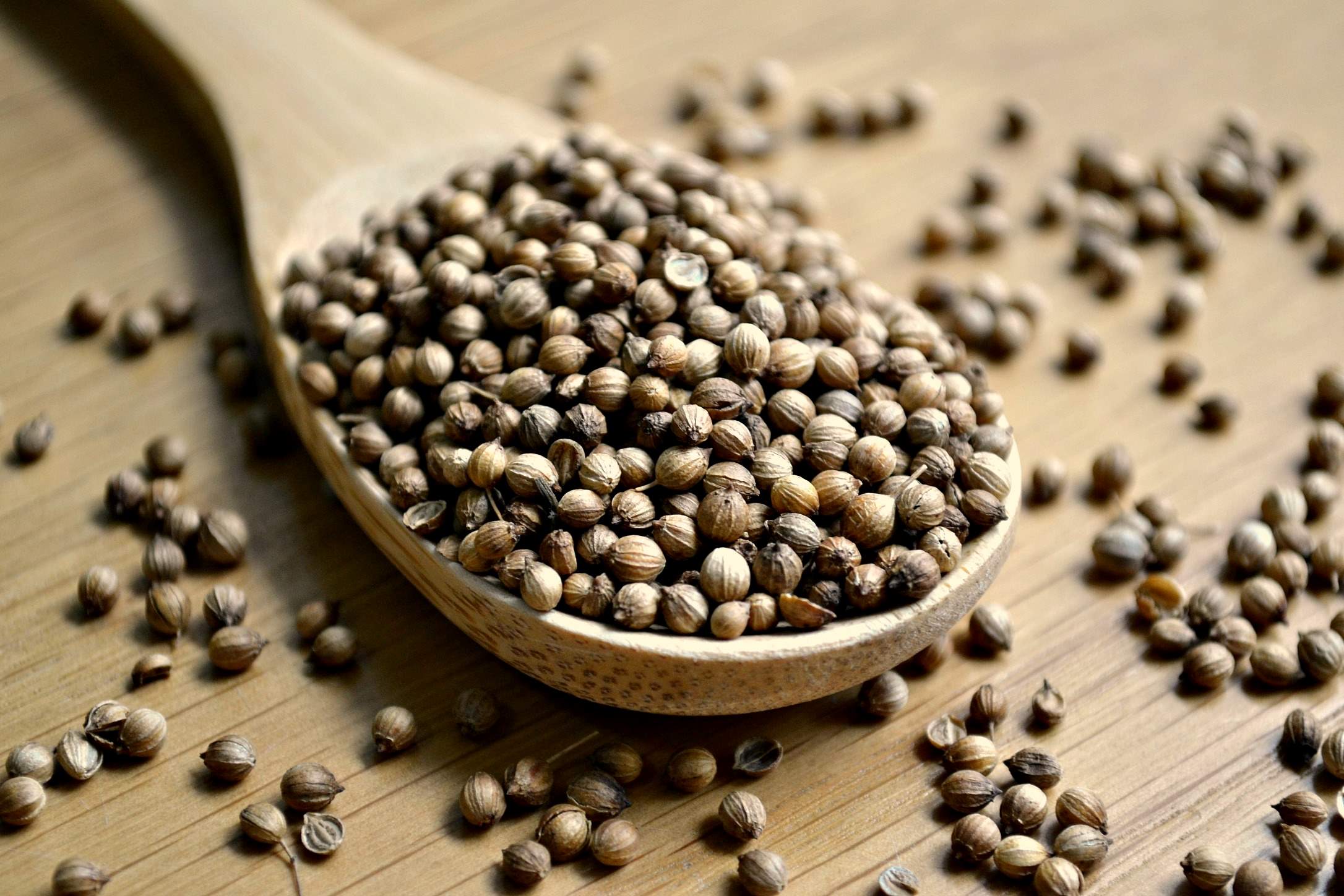

Edible Gardening
What Do Coriander Seeds Look Like
Modified: January 22, 2024
Learn about what coriander seeds look like in edible gardening. Find out how to identify and use these flavorful seeds in your cooking.
(Many of the links in this article redirect to a specific reviewed product. Your purchase of these products through affiliate links helps to generate commission for Chicagolandgardening.com, at no extra cost. Learn more)
Table of Contents
Introduction
Welcome to a world of flavors and aromas, where a small seed holds the power to transform your culinary creations. In the realm of edible gardening, coriander seeds are a treasure trove of possibilities. Whether you’re a seasoned gardener or just starting on your gardening journey, understanding the physical appearance of coriander seeds is key to harnessing their full potential.
Coriander seeds, also known as cilantro seeds, come from the coriander plant (Coriandrum sativum), a popular herb in many cuisines around the world. While the leaves of the plant, known as cilantro, are widely used as a versatile herb, the seeds have their own unique characteristics that make them an essential ingredient in numerous dishes.
By exploring the physical attributes of coriander seeds, such as their color, size, shape, texture, and taste, you’ll gain a deeper appreciation for the versatility and culinary potential they bring to the table. Let’s dive into the captivating world of coriander seeds and discover their hidden treasures.
Physical Appearance of Coriander Seeds
Coriander seeds are small, spherical, and have a unique appearance that sets them apart from other seeds. They are typically brown in color, but can also have a greenish tinge or a slightly golden hue. These seeds have a somewhat rough texture, with tiny ridges or grooves on their surface.
The size of coriander seeds can vary, but they are generally around 3-5 millimeters in diameter. Although they might seem tiny, their potent flavor and aroma make up for their small size.
When you take a closer look at coriander seeds, you may notice that they have a distinct shape. They are oval or slightly elongated, resembling small beads. This unique shape allows them to be easily ground or crushed, releasing their intense fragrance and taste.
Coriander seeds have a crunchy texture that adds depth to a variety of dishes. When you bite into them, you’ll experience a satisfying pop, followed by a burst of flavor.
One of the most fascinating aspects of coriander seeds is their aroma. They exude a warm and earthy fragrance with hints of citrus and spice. This aromatic profile contributes to their versatility in both culinary and medicinal applications.
Now that you have a clear picture of the physical appearance of coriander seeds, let’s explore their color, size, shape, texture, and taste in more detail to fully appreciate their culinary potential and health benefits.
Color of Coriander Seeds
The color of coriander seeds can vary, but they are generally brown in hue. However, it’s not uncommon to find coriander seeds with a slight greenish tinge or even a golden shade. This variation in color is a natural occurrence and does not affect their taste or aroma.
The brown color of coriander seeds can range from a light tan to a darker, rich brown shade. This earthly hue adds warmth and depth to dishes, making them visually appealing, especially when used as a seasoning or garnish.
When coriander seeds are harvested and dried, their color intensifies and deepens, enhancing both their appearance and flavor. The drying process also contributes to the preservation of the seeds, allowing them to be stored and enjoyed for extended periods without losing their vitality.
It’s important to note that the color of coriander seeds can vary depending on the region and variety of the coriander plant. Some coriander seeds may have a more pronounced greenish hue, particularly if they are harvested when the plant is in the seed stage but before they fully mature into the characteristic brown color.
While the color of coriander seeds may intrigue the eye, it’s the taste and aroma that truly make them a culinary delight. Let’s explore the size, shape, texture, taste, and aroma of coriander seeds to unravel their full culinary potential and health benefits.
Size and Shape of Coriander Seeds
Coriander seeds are small, yet mighty in flavor. They are typically about 3-5 millimeters in diameter, making them relatively small compared to other seeds. Despite their size, these little powerhouses pack a punch when it comes to taste and aroma.
When examining coriander seeds, you’ll notice that they have an oval or slightly elongated shape. They resemble tiny beads or teardrops, which adds to their delicate and distinct appearance.
This unique shape of coriander seeds allows them to be easily ground, crushed, or incorporated whole into recipes, releasing their aromatic oils and intensifying their flavor profile. The shape also makes them versatile for various culinary applications, as they can be added to both savory and sweet dishes.
While the size and shape of coriander seeds may be small and unassuming, don’t underestimate their impact on your taste buds. These tiny seeds have the ability to elevate the flavors of your dishes, providing a delightful burst of freshness and complexity.
Now that we’ve explored the size and shape of coriander seeds, let’s move on to their texture, taste, and aroma to fully understand the culinary potential and health benefits these seeds offer.
Texture of Coriander Seeds
The texture of coriander seeds is an essential aspect of their culinary appeal. When you hold a coriander seed in your hand, you’ll notice a slight roughness on its surface. This texture comes from the tiny ridges or grooves that run along the seed’s outer layer.
Coriander seeds have a pleasing crunchiness when bitten into, providing a delightful textural contrast to the dishes they are added to. Whether used whole or ground, the texture of coriander seeds adds depth and complexity to a wide range of recipes.
When ground into a powder, coriander seeds contribute a slightly grainy texture to dishes. This texture helps to release their aromatic oils, amplifying the flavors and fragrances they impart to the dish.
The texture of coriander seeds also plays a role in their versatility in the kitchen. If you prefer a more subtle flavor, you can use whole coriander seeds, allowing them to infuse dishes with a milder taste. Alternatively, grinding the seeds releases their intense flavor and aroma, making them perfect for seasoning rubs, spice blends, or marinades.
Whether you choose to use coriander seeds whole or ground, their texture adds depth and interest to your culinary creations. Let’s move on to the taste and aroma of coriander seeds to fully appreciate their flavor profile and the culinary possibilities they offer.
Taste of Coriander Seeds
The taste of coriander seeds is a delightful combination of citrusy, earthy, and slightly peppery notes. These tiny seeds possess a complex flavor profile that adds depth and complexity to a wide variety of dishes.
When you bite into a coriander seed, you’ll immediately experience a burst of fresh and zesty flavors. The initial taste is reminiscent of citrus, with hints of lemon and orange. This bright and tangy note provides a refreshing touch to dishes.
As the flavor unfolds, you’ll notice a distinct earthiness with warm undertones. This earthy flavor adds a sense of depth and warmth to savory dishes and balances out the bright citrus notes.
Coriander seeds also have a mild peppery character that lingers on the palate. This gentle spiciness is not overpowering but adds a subtle kick to dishes, enhancing their overall taste.
It’s important to note that the flavor profile of coriander seeds evolves when they are toasted or ground. Toasting coriander seeds enhances their nuttiness and deepens their flavor, while grinding them releases their aromatic oils, intensifying their taste.
With its unique combination of citrusy, earthy, and peppery flavors, coriander seeds are an incredibly versatile ingredient. They are commonly used in spice blends, curries, stews, and marinades, as well as in baked goods and desserts.
Now that we’ve explored the taste of coriander seeds, let’s delve into their common uses in both culinary and medicinal applications to unlock their full potential.
Common Uses of Coriander Seeds
Coriander seeds are a staple ingredient in many cuisines around the world and have a wide range of culinary uses. Their unique flavor profile and versatile nature make them a popular choice for both savory and sweet dishes.
In savory dishes, coriander seeds are often used in spice blends, such as curry powder or garam masala, where they add depth and complexity to the overall flavor. They are also commonly found in marinades, rubs, and sauces for meats, fish, and vegetables, infusing the dish with their distinct taste.
Roasting or toasting coriander seeds before adding them to a recipe enhances their nutty flavor and can be a great addition to roasted vegetables, soups, and stews.
Coriander seeds are a beloved ingredient in pickling and preserving. They contribute to the flavor profile and add a subtle tang to pickled vegetables, chutneys, and relishes.
When it comes to sweet dishes, coriander seeds can be used creatively. They can be ground and added to baked goods like bread, cookies, and cakes, providing a unique twist to traditional recipes.
Coriander seeds are also commonly used in brewing, particularly in crafting certain types of beer or specialty beverages. They add a distinct aroma and flavor to the final product, creating a memorable and delightful drinking experience.
Beyond their culinary uses, coriander seeds have been incorporated into traditional medicine practices. They are believed to have digestive properties and are used in various herbal remedies. However, it’s important to consult a healthcare professional before using coriander seeds for medicinal purposes.
With their versatility and distinctive flavor, coriander seeds can elevate any dish they are added to. From savory to sweet, and even in homemade remedies, coriander seeds bring a touch of magic to the culinary world.
Culinary Applications of Coriander Seeds
Coriander seeds are a versatile spice that adds depth and complexity to a wide range of culinary creations. They are a staple in many cuisines around the world and can be used in various forms to enhance the flavor of dishes.
One of the most common culinary applications of coriander seeds is in spice blends. They are a key component in traditional curry powder, which imparts a vibrant and aromatic flavor to curries and stews. Coriander seeds are also found in popular spice blends like garam masala, adding a warm and earthy note to Indian cuisine.
Coriander seeds can be used in both whole and ground form. When used whole, they are often added to pickling brines, giving a tangy and slightly citrusy flavor to pickled vegetables. They can also be added to soups and broths, allowing their flavors to infuse into the liquid and create a savory base.
Ground coriander seeds are a common ingredient in marinades, rubs, and sauces. Their intense flavor profile pairs well with meats, fish, and vegetables, adding a layer of complexity to grilled or roasted dishes. They can also be used as a seasoning for roasted vegetables or sprinkled over salads for an extra burst of flavor.
Coriander seeds have a unique ability to straddle the line between savory and sweet dishes. In baking, ground coriander seeds can be incorporated into bread, cookies, or cakes, providing a subtle citrusy and nutty undertone. They can also be used in fruit-based desserts or added to spice blends for flavoring homemade jams and preserves.
Beyond their use in traditional recipes, coriander seeds can be infused into oils or vinegars, creating flavored bases for dressings or marinades. They can also be toasted and crushed to create a homemade spice blend or added to herbal teas for a refreshing and aromatic beverage.
With their versatility and bold flavor, coriander seeds can take your culinary creations to new heights. Whether used in spice blends, sauces, pickling, baking, or infused into various liquids, these seeds bring a delightful touch of zest and complexity to any dish they grace.
Medicinal Benefits of Coriander Seeds
In addition to their culinary uses, coriander seeds have been utilized for their medicinal properties in traditional medicine for centuries. While further scientific research is needed to confirm the full extent of their health benefits, coriander seeds are believed to provide several potential medicinal benefits.
One of the primary benefits of coriander seeds is their ability to aid in digestion. They are often used as a natural remedy for indigestion, bloating, and gas. The essential oils present in coriander seeds may help relax the digestive muscles, reducing discomfort and promoting healthy digestion.
Coriander seeds are also believed to possess antioxidant properties, which can protect the body against damage from free radicals. Antioxidants help neutralize harmful substances in the body and may contribute to overall health and well-being.
Additionally, coriander seeds may have antibacterial and antimicrobial properties, which can help fight against certain types of bacteria and potentially prevent infections. Some studies suggest that coriander seeds may have a positive impact on oral health by reducing bad breath and preventing the growth of harmful bacteria in the mouth.
Coriander seeds are also thought to have anti-inflammatory properties, which may help reduce inflammation and associated symptoms. This makes them potentially beneficial for conditions such as arthritis and inflammatory bowel disease.
Furthermore, coriander seeds have traditionally been used to aid in relieving menstrual symptoms, such as cramping and bloating. The seeds are believed to have properties that can help regulate hormonal imbalances and provide relief from discomfort during the menstrual cycle.
While coriander seeds offer many potential health benefits, it’s important to note that they should not replace medical advice or treatment. If you are considering using coriander seeds for medicinal purposes, it is recommended to consult with a healthcare professional to ensure it is suitable for your unique circumstances.
Overall, coriander seeds have been valued for their potential medicinal benefits for centuries. Their traditional use in various herbal remedies provides a glimpse into their potential as a natural health aid. However, further scientific research is needed to fully understand and validate their medicinal properties.
Conclusion
Coriander seeds, with their distinct physical appearance, versatile culinary applications, and potential health benefits, are truly a treasure in the world of edible gardening. These small yet mighty seeds bring a burst of flavor and aroma to a wide array of dishes, adding depth and complexity to culinary creations.
From their brown color and unique oval shape to their crunchy texture and delightful taste, coriander seeds have captured the attention of food enthusiasts and health-conscious individuals alike. Whether used whole, ground, or infused into oils and vinegars, coriander seeds have the power to elevate the flavors of both savory and sweet dishes.
In addition to their culinary uses, coriander seeds have a rich history in traditional medicine. While their medicinal benefits are still being studied, they are believed to aid in digestion, provide antioxidant properties, and possess antibacterial and anti-inflammatory properties.
However, it’s important to remember that coriander seeds should be used in moderation, as with any herb or spice, and should not replace professional medical advice or treatment.
Whether you’re a seasoned cook, an aspiring gardener, or simply someone who appreciates the flavors and benefits of natural ingredients, coriander seeds are a must-have in your pantry. Their unique characteristics and versatility make them a delightful addition to a wide range of dishes and an exciting exploration in the world of culinary arts.
So, the next time you reach for coriander seeds in your spice cabinet, pause for a moment to admire their physical beauty and embrace the endless possibilities they hold. Let their flavors and aromas transport you to exotic culinary destinations and indulge in the delightful treasures of coriander seeds.

